Almost all of my blogs have mostly been focused on self-help strategies to deal with pain and dysfunction so I thought I’d change it up a bit. I’ve been practicing some solid nutrition habits most of the time in my life but often overlook sharing them because I assume others already know about them. What’s interesting is that when I ask my clients about this they often tell me that they haven’t tried one.
To achieve a healthy body everyone needs to practice good wholesome nutrition and that starts with breakfast. Did you know what breakfast actually means? Well, it means “breaking the fast” that naturally occurs due to getting a good nights sleep. Think about it, how often do you go for 6-8 hours without eating? I know, I know…call me “Captain Obvious!”
Here’s my take on some solid nutritional habits that I have been using for over a decade now. It simple to make, requires no cooking ability and is full of nutrients to get each day started.
I like to use frozen strawberries, mango and bananas to keep my shake chilled. The rest of my fruit is fresh. All ingredients are from Costco because they have some of the best prices around. Use this instead of skipping breakfast or rushing out the door each morning to grab a breakfast sandwich at Starbucks, Tim’s or McDonald’s. We all know that they aren’t the healthiest and are loaded full of fat and sodium.
1 serving:
1 kiwi peeled
1 banana
1/3 cup of mango
1/3 cup of strawberries
1/3 cup of raspberries
1 scoop of protein
splash of flax oil
1 single serve of yogurt (100 gm)
1/2 cup of milk
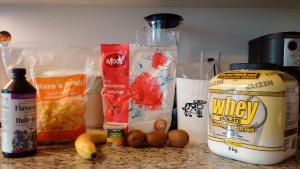
Shake ingredients: banana, kiwi, frozen raspberries, strawberries and mango, milk, whey protein, milk, yogurt. flax oil.
Place all ingredients in a blender, blend until pureed and there are no chunks of fruit. The milk or yogurt or protein based beverage is a must to make sure your protein powder is complete (has all the essential amino acids). Â Makes about 500-600 ml. Add or takeaway fruit to suit your tastes.
Pour into a travel mug and enjoy on the commute to work!
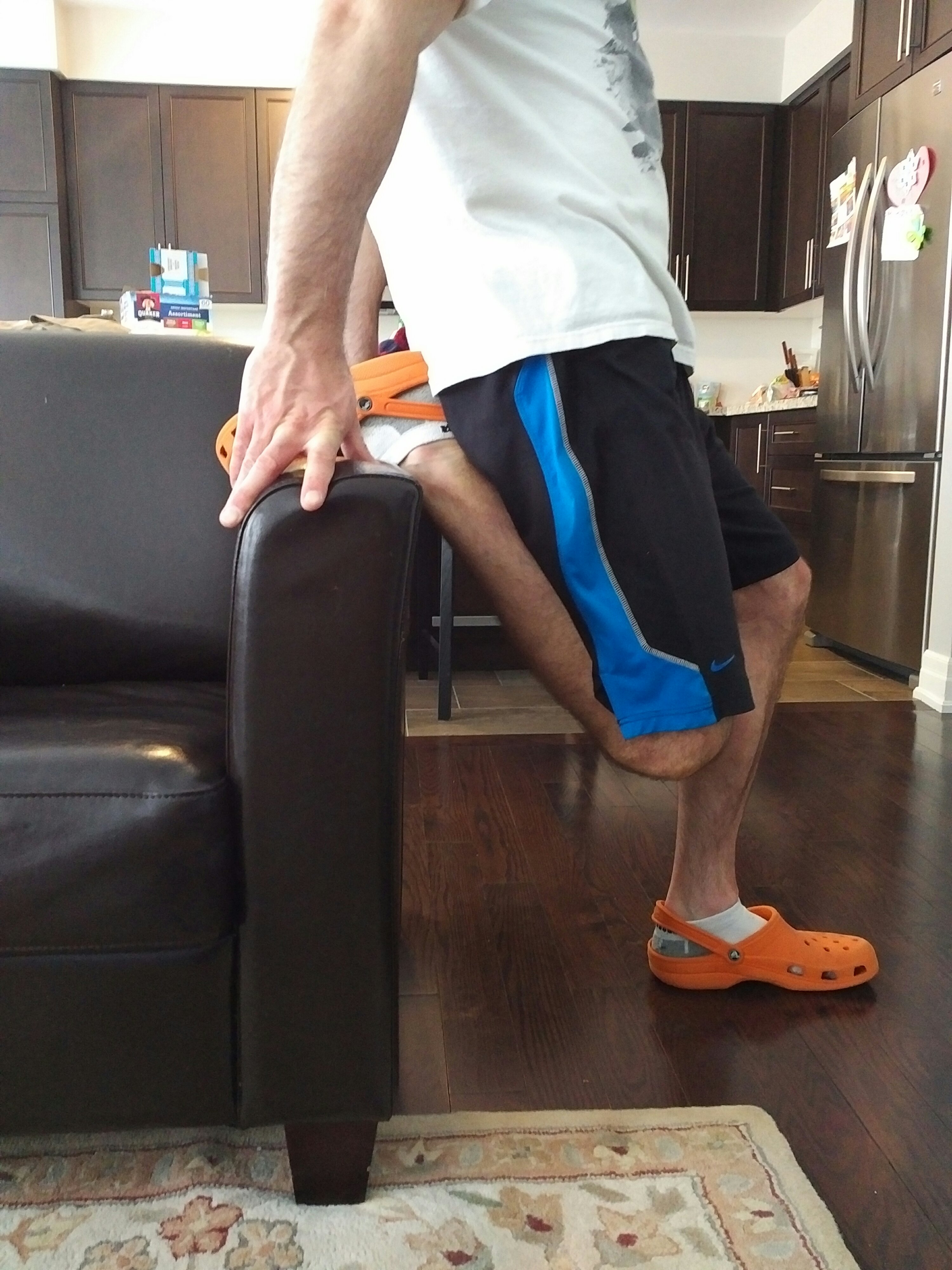





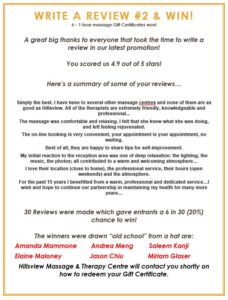
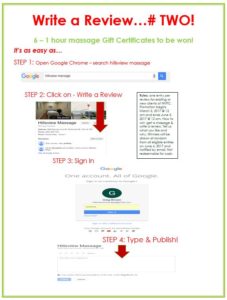
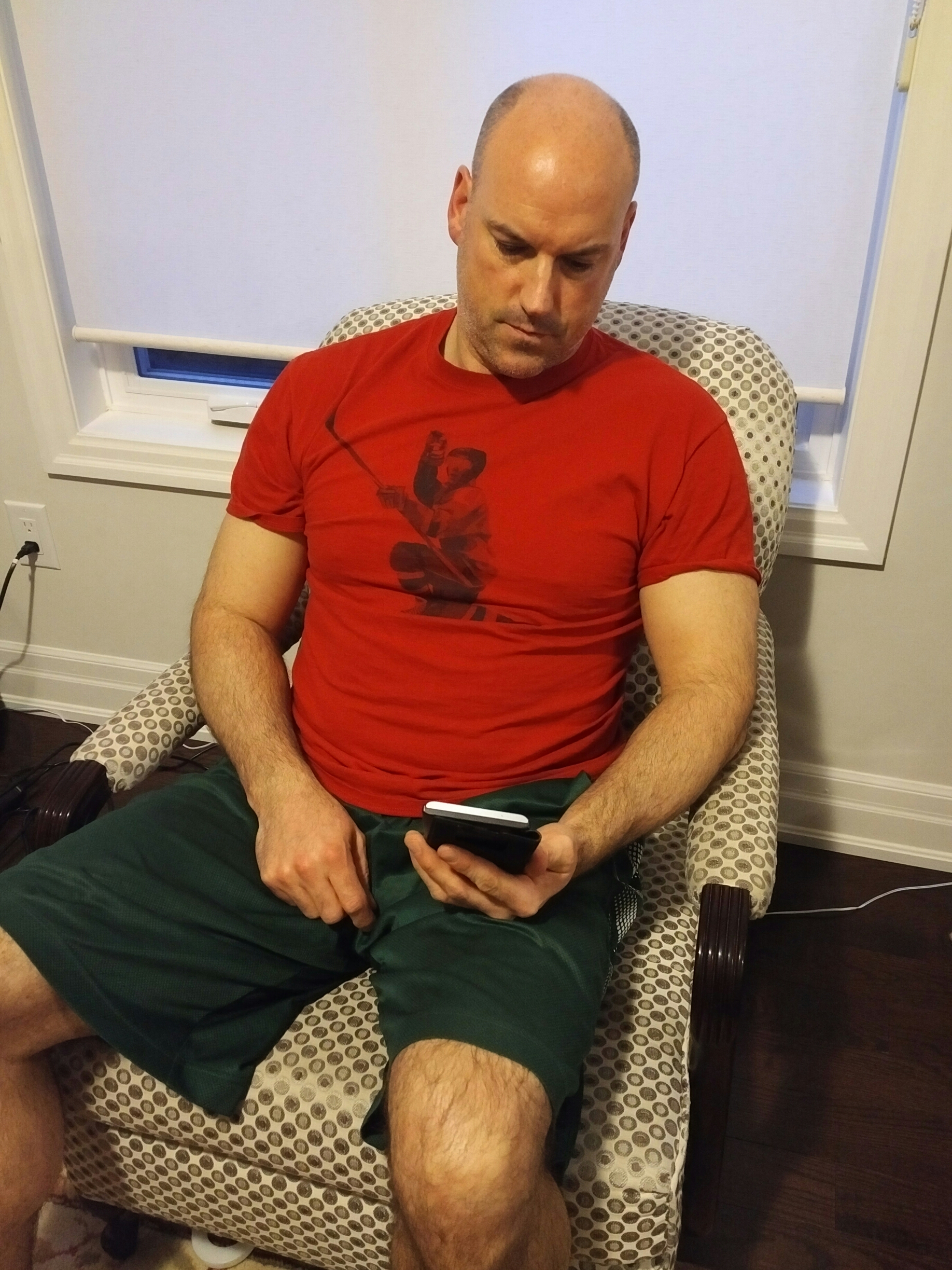
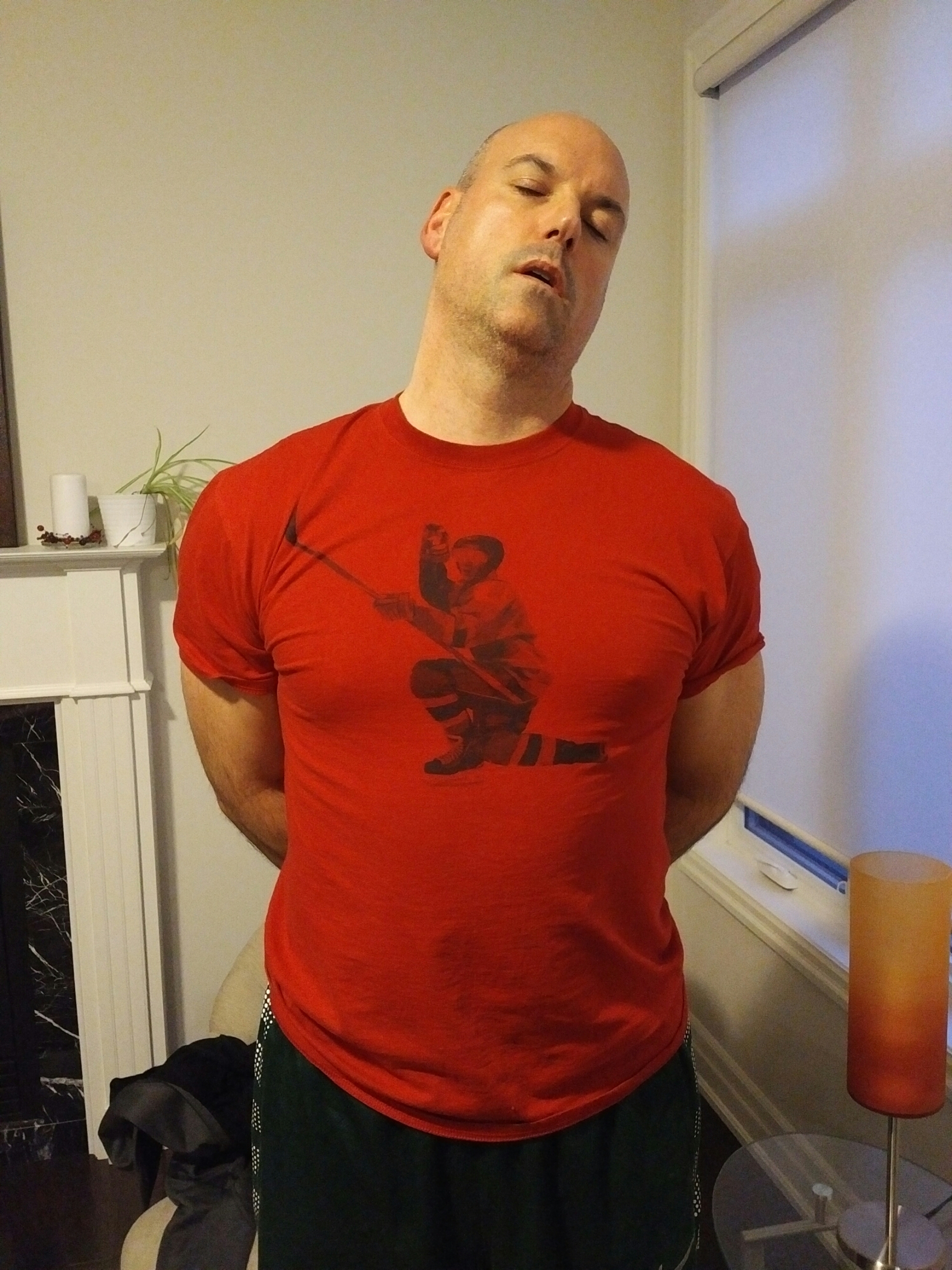
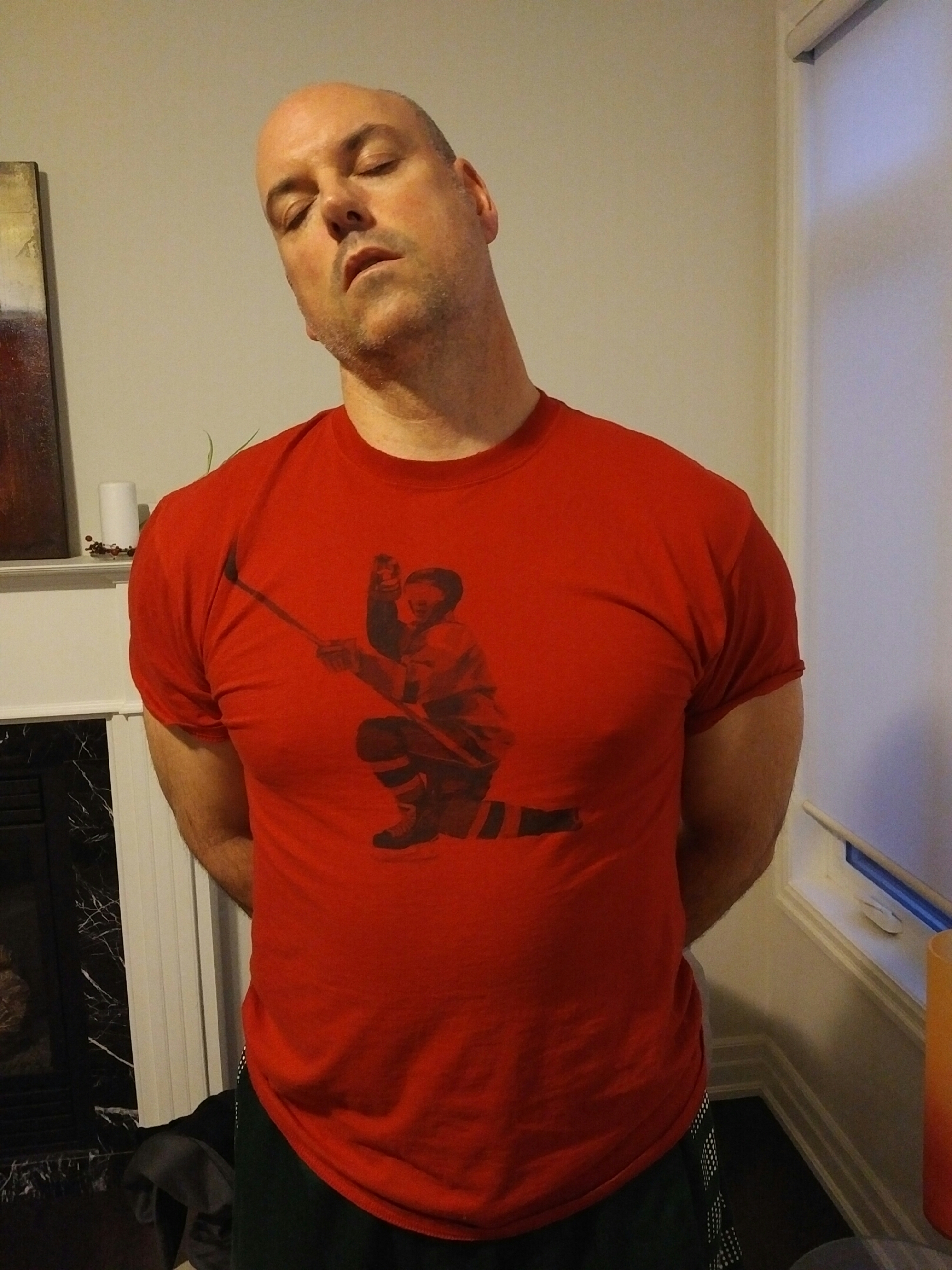
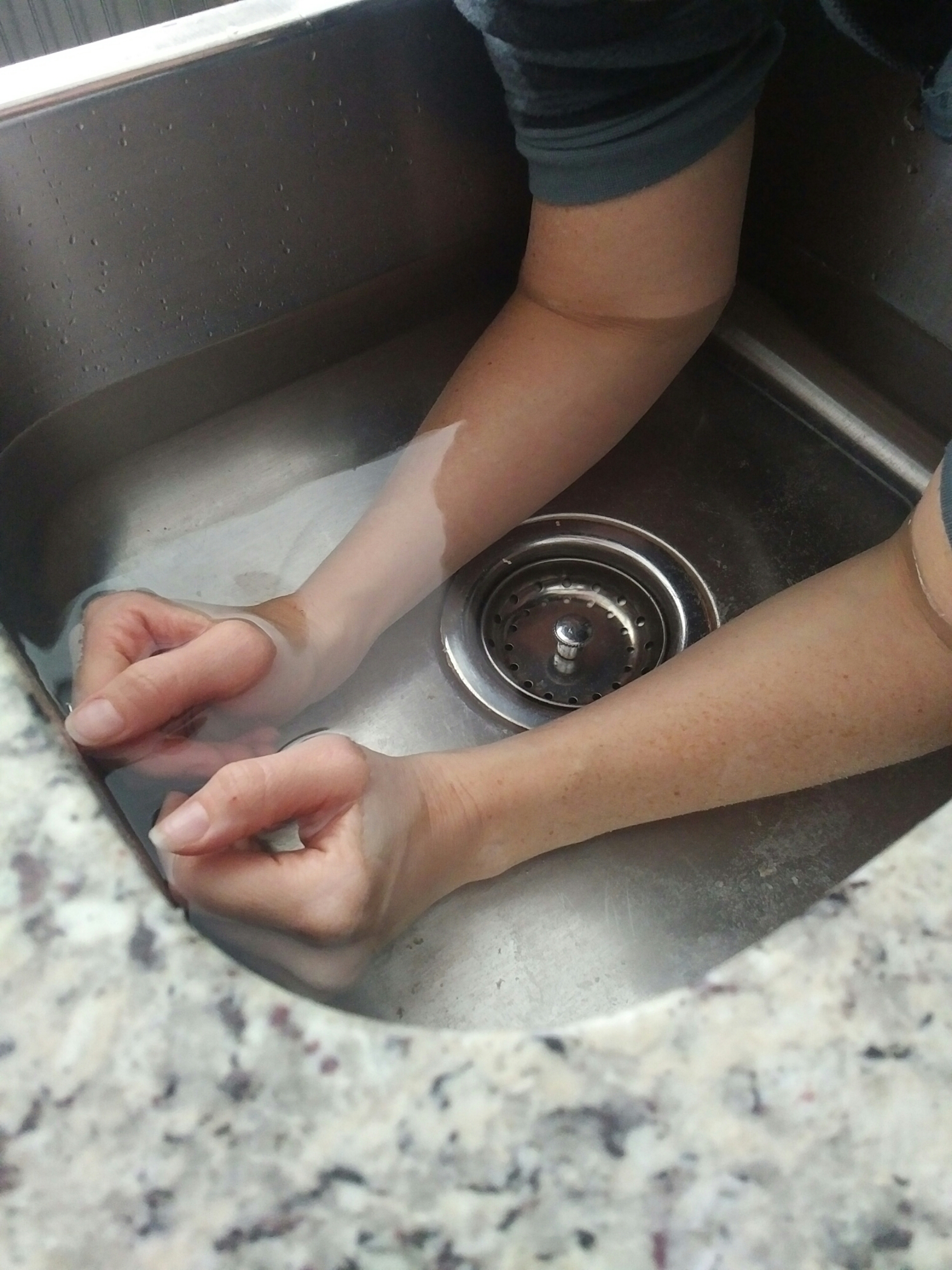
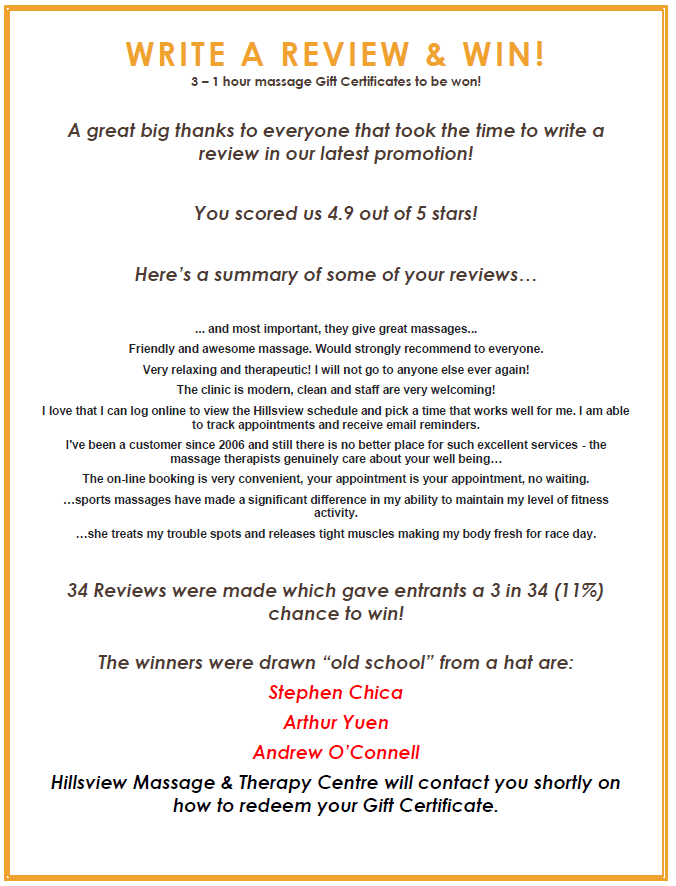
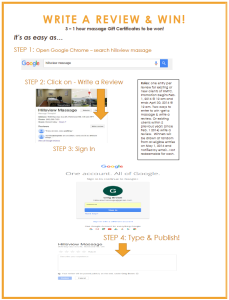
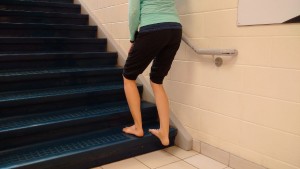
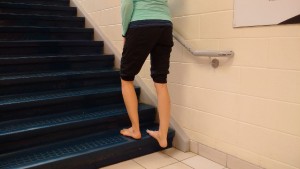
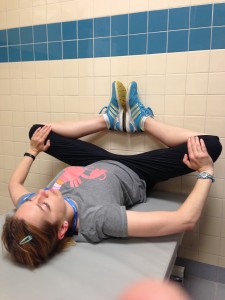
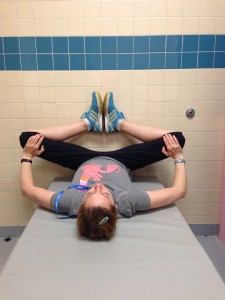
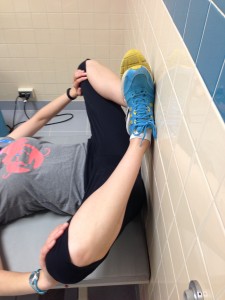

Recent Comments